Contents
List of Figures
- U.S. Navy F-14 Tomcat
Steam from the catapult envelopes a USN F-14 Tomcat as the flight crew prepares it for launch from the flight deck of the aircraft carrier USS Harry S. Truman (CVN 75) on February 22, 2005, while under way in the Persian Gulf. The Truman Strike Group and Carrier Air Wing 3 are conducting close air support, intelligence, surveillance, and reconnaissance missions over Iraq. The Tomcat is attached to Fighter Squadron 32 of Naval Air Station Oceana, Virginia. U.S. Department of Defense - F-14 Tomcat
NASA 834, an F-14 USN Tomcat, was used at Dryden in 1986 and 1987 in a program known as the Variable-Sweep Transition Flight Experiment. This program explored laminar flow on variable-sweep aircraft at high subsonic speeds. NASA - F-15 Eagle (1972)
The first F-15 Eagle flight was made in July 1972. U.S. Air Force - F-15 Eagle (2006)
F-15 Eagles fire AIM-7 Sparrow missiles at a tactical air-launched decoy off the coast of Hawaii during the Rim of the Pacific Exercise, July 16, 2006. U.S. Air Force photo by Tech. Sgt. Shane A. Cuomo - A-4C Skyhawk
Attack Squadron 144 (VA-144) A-4C Skyhawks such as the one shown here struck the Hon Gai naval base in North Vietnam on August 5, 1964. U.S. Naval Institute photo archive - Operation Rolling Thunder
F-105s take off on a mission to bomb North Vietnam, 1966. U.S. Air Force - Soviet MiG-15 Jet Fighter
A Soviet MiG-15 shot down over North Korea by F9F-2 Panther fighters from USS Leyte, November 23, 1950. Official U.S. Navy photo, NARA - Israeli Air Force F-15A Eagle
An Israeli Air Force McDonnell Douglas F-15A Eagle of the 133rd Squadron departs on a mission during the Blue Flag exercise on Ovda Air Force Base, Israel, on November 26, 2013. U.S. Air Force photo by MSgt. Sgt. Lee Osberry
List of Tables
Guide
Pagebreaks of the Print Version
TITLES IN THE SERIES
Airpower Reborn: The Strategic Concepts of John Warden and John Boyd
The Bridge to Airpower: Logistics Support for Royal Flying Corps Operations on the Western Front, 191418
Airpower Applied: U.S., NATO, and Israeli Combat Experience
The Origins of American Strategic Bombing Theory
Beyond the Beach: The Allied Air War against France
The Man Who Took the Rap: Sir Robert Brooke-Popham and the Fall of Singapore
Flight Risk: The Coalitions Air Advisory Mission in Afghanistan, 20052015
Winning Armageddon: Curtis LeMay and Strategic Air Command, 19481957
Rear Admiral Herbert V. Wiley: A Career in Airships and Battleships
From Kites to Cold War: The Evolution of Manned Airborne Reconnaissance
Airpower over Gallipoli, 19151916
Selling Schweinfurt: Targeting, Assessment, and Marketing in the Air Campaign against German Industry
Airpower in the War against ISIS
To Rule the Skies: General Thomas S. Power and the Rise of Strategic Air Command in the Cold War
Rise of the War Machines: The Birth of Precision Bombing in World War II
At the Dawn of Airpower: The U.S. Army, Navy, and Marine Corps Approach to the Military Airplane, 19071917
THE HISTORY OF MILITARY AVIATION
Paul J. Springer, editor
This series is designed to explore previously ignored facets of the history of airpower. It includes a wide variety of disciplinary approaches, scholarly perspectives, and argumentative styles. Its fundamental goal is to analyze the past, present, and potential future utility of airpower and to enhance our understanding of the changing roles played by aerial assets in the formulation and execution of national military strategies. The series encompasses the incredibly diverse roles played by airpower, which include but are not limited to efforts to achieve air superiority; strategic attack; intelligence, surveillance, and reconnaissance missions; airlift operations; close air support; and more. Of course, airpower does not exist in a vacuum. There are myriad terrestrial support operations required to make airpower functional, and examinations of these missions is also a goal of this series.
In less than a century, airpower developed from flights measured in minutes to the ability to circumnavigate the globe without landing. Airpower has become the military tool of choice for rapid responses to enemy activity, the primary deterrent to aggression by peer competitors, and a key enabler to military missions on the land and at sea. This series provides an opportunity to examine many of the key issues associated with airpowers usage in the past and present and to influence its development for the future.
TOMCATS
EAGLES
The Development of the F-14 and F-15 in the Cold War
Tal Tovy
Naval Institute Press
Annapolis, Maryland
Naval Institute Press291 Wood RoadAnnapolis, MD 21402
2022 by Tal Tovy
All rights reserved. No part of this book may be reproduced or utilized in any form or by any means, electronic or mechanical, including photocopying and recording, or by any information storage and retrieval system, without permission in writing from the publisher.
Library of Congress Cataloging-in-Publication Data
Names: Tovy, Tal, author.
Title: Tomcats and Eagles : the development of the F-14 and F-15 in the Cold War / Tal Tovy.
Other titles: Development of the F-14 and F-15 in the Cold War
Description: Annapolis : Naval Institute Press, 2022. | Series: History of military aviation | Includes bibliographical references and index.
Identifiers: LCCN 2022017596 (print) | LCCN 2022017597 (ebook) | ISBN 9781612519104 (hardcover) | ISBN 9781612519111 (epub)
Subjects: LCSH: Eagle (Jet fighter plane)History. | Tomcat (Jet fighter plane)History. | United States. Air ForceTactical aviationHistory20th century. | United States. NavyAviationHistory20th century. | Air powerHistory20th century. | Cold War. | BISAC: HISTORY / Military / Aviation & Space | HISTORY / United States / 20th Century
Classification: LCC UG1242.F5 T68 2022 (print) | LCC UG1242.F5 (ebook) | DDC 623.74/64dc23/eng/20220706
LC record available at https://lccn.loc.gov/2022017596
LC ebook record available at https://lccn.loc.gov/2022017597
 Print editions meet the requirements of ANSI/NISO z39.48-1992 (Permanence of Paper).
Print editions meet the requirements of ANSI/NISO z39.48-1992 (Permanence of Paper).
Printed in the United States of America.
302928272625242322987654321
First printing
Contents
Acknowledgments
The writing of this book would not have been possible without the help of a number of people whom I have a pleasant duty to thank. First, I would like to thank Israel Guy for the great help and time he spent translating and editing the manuscript. At the same time as I was writing the book, I was teaching the history of airpower in various academic settings. The students questions and the joint discussions with them helped me identify and highlight the important topics for discussion for this book. Thank you. Teaching about airpower together with writing the book only proved to me to a great extent that I still have to learn about this topic. I also received a lot of encouragement and support from two dear friends, Gideon Sharav and Dvir Peleg, who greatly appreciated the written word and the long journey that the author undertakes.




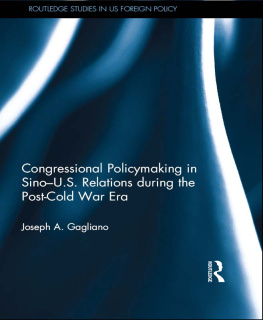
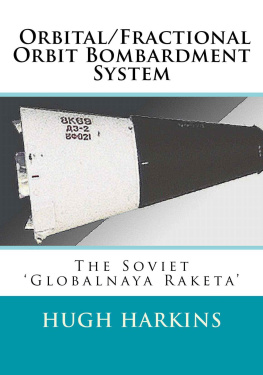
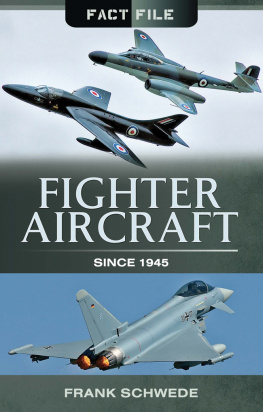
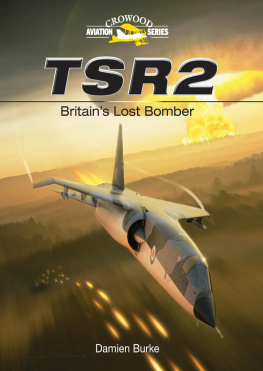
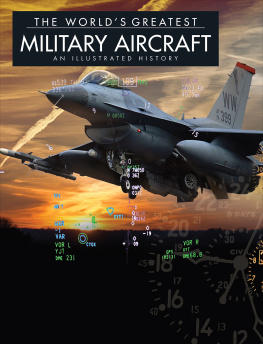



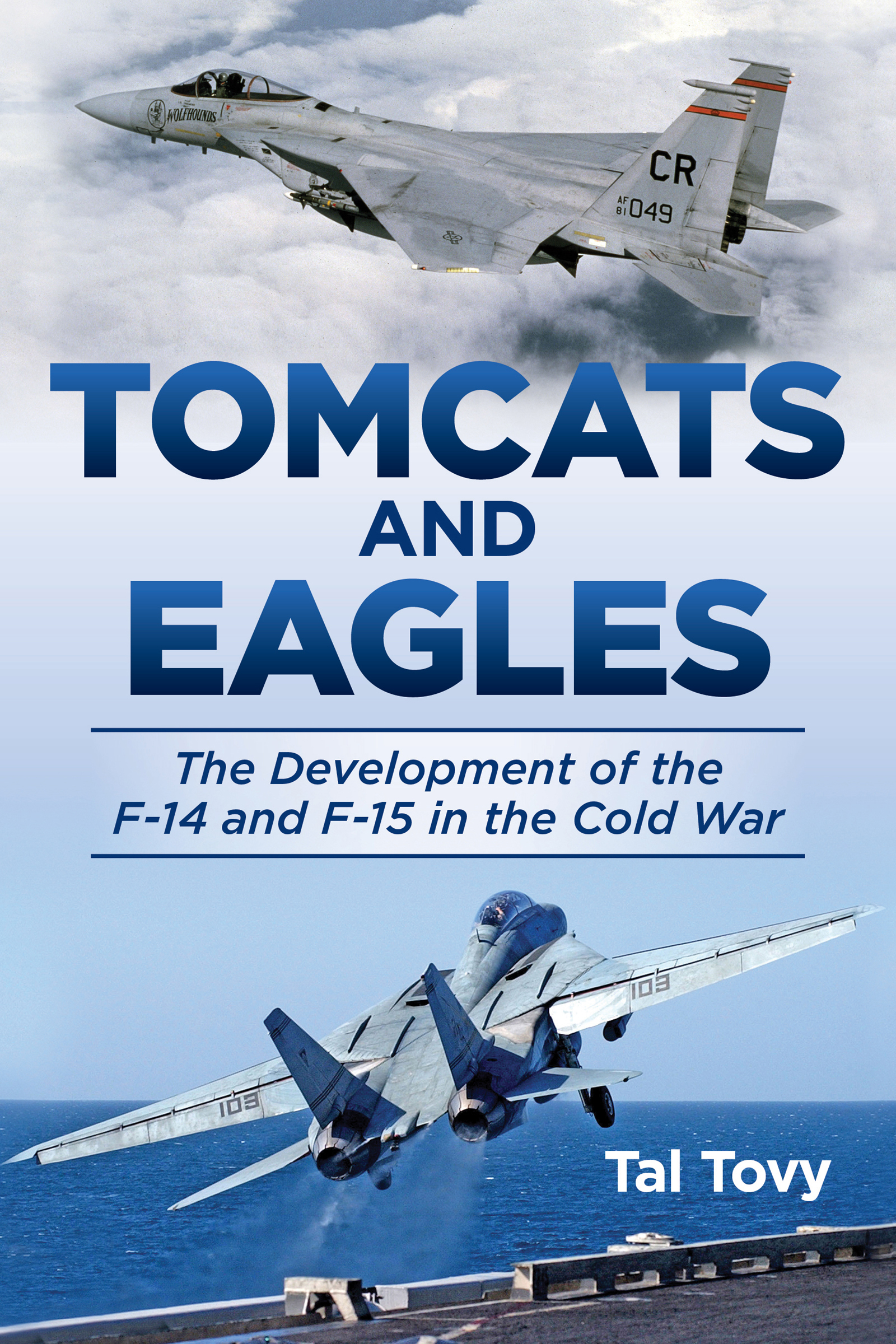
 Print editions meet the requirements of ANSI/NISO z39.48-1992 (Permanence of Paper).
Print editions meet the requirements of ANSI/NISO z39.48-1992 (Permanence of Paper).